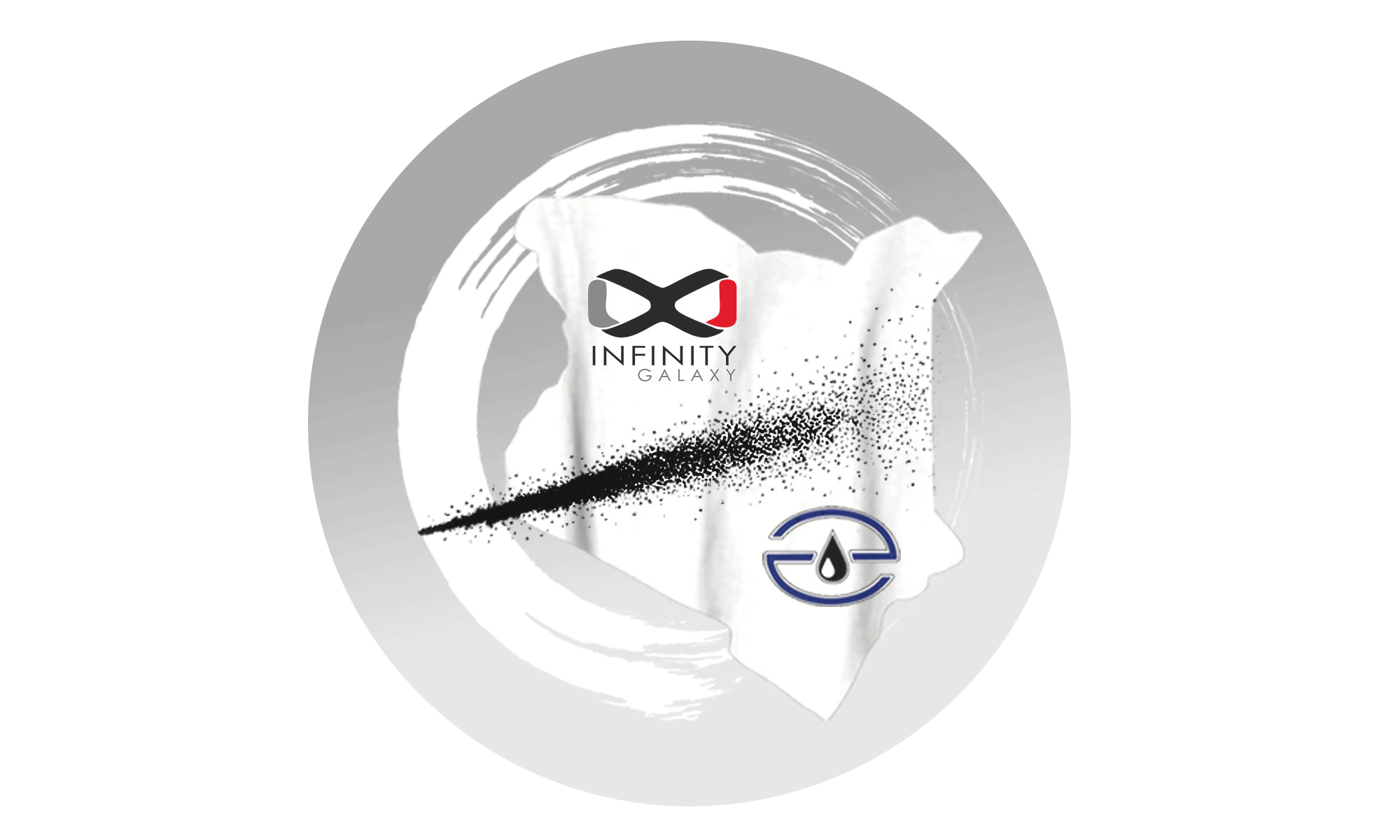Slack Wax
Generally speaking, slack wax is usually the material that has a low melting point with a solid form at room temperature.
Having glossy surfaces is another characteristic of slack wax.
In general, they can place slack wax between polymers and oligomers in terms of the number of carbon atoms.
Today, slack wax types are applicable in various fields such as food, glue, printing toner, polishing and PVC.
How many waxes do we have?
Technically speaking, wax has several categories as follows:
- Natural waxes
- Animal waxes
As their name suggests, these waxes have an animal origin and the most famous of these waxes is honey wax. The main application of animal waxes is in the cosmetics industry.
- Plant waxes
The main source of these waxes is the leaves, stems, fruits and seeds of plants. Kendallville and Carnuba are the most important herbal waxes.
- Mineral waxes
Their common source is residual fossils, coal and mineral bitumen. Good to know that the main application of these waxes in the industry is to produce polymers such as polystyrene.
- Oil waxes
They have the largest share of production and they exist in various routes, including Lub cut in refineries. It is necessary to explain that with the advancement of technology in refineries and moving from the base oils of the first group to the second and third groups, the growth of production of these waxes has decreased. But they still have the maximum share. In the last 10 years, the share of Group 1 base oils was around 70%, while this year it has dropped to 45% and is to reach 40% by 2020. Reducing the share of base oils in the first group and consequently reducing the production of wax (given that the main production route of petroleum waxes is from base oils of the first group) will be a good opportunity to grow the production of synthetic waxes (polyolefin).
- Synthetic waxes
- Polyolefin waxes
It includes polyethylene and polypropylene waxes.
Besides, the melting point of these waxes is about 90 to 120 degrees and it is appropriate
for the process of plastics, paints and polishes.
-
LDPE based wax
-
LDPE mono polymer wax
-
Ethylene-vinyl acetate (EVA) copolymer waxes
-
Ethylene Acrylic (EAA) Copolymer Waxes
-
HDPE base waxes
-
PP base waxes
The global market of slack wax
In 2018, the specialists estimated the production of all wax grades (oil, synthetic and natural waxes) at 5 million tons. Due to the small share of natural waxes (plant and animal), the main market research is on oil and synthetic waxes. Slack wax types are not specialty products in general, considering the production volume of 5 million tons per year. Due to the trends in the field of refining and integration of the effects of this sector on the petrochemical industry and downstream, the share of oil and slack wax production will decrease in the coming years and the most appropriate way to compensate for this shortage and growth in global wax demand is the use of synthetic waxes.
Given the market volume of fewer than 1 million tons of synthetic waxes (polyolefin) and the specific functions of these products, a future with good growth is for them. It should be noted that currently, they produce about 230,000 tons of waxes in the world, which is an average price of $ 3.5 per kilo, and they estimate that it will increase to about 350,000 tons per year in the next 5 years. The market value of waxes is $ 810 million, which will increase to $ 1.2 billion. Slack wax types are the most valuable value-added wax. On the other hand, polyolefin waxes have a good market in the region and have a wider range of consumers.
Which countries have a high demand for slack wax?
The main growth centers are in Asia, especially in China and India, as well as Central and South America, Eastern Europe, Africa and the Middle East.
The United States, Europe, and developed regions such as Japan are already economically saturated. The growth of plastic demand in these areas will be low and the consumption of polyethylene will be high. To put it differently, in developing countries, consumption growth will be high. In addition, the demand for plastics will increase in line with income and population growth. Rising environmental pressures, recycling levels, the use of high-quality alternatives and declining economic growth will cause the US plastics market to stagnate further after 2028.
According to the above-mentioned points, we will see a similar trend in Western Europe and developed Asian countries such as Japan.
Besides, the consumption in Europe will increase from 20 to 22, which indicates the growth of consumption in Eastern and Central European countries, including Russia. On the other hand, Asia especially India and China have the strongest estimated rates of consumption growth. India’s consumption is about to surpass that of China over the next decade.
Also, India’s polyethylene demand will grow 8.9 percent year on year compared to China while China’s annual growth will be 6%. India’s consumption will increase from 5 kg in 2017 to 13 kg in 2028, which is an increase of 130%.
Despite declining demand growth over the past ten years, China’s consumption will have almost double, from 19 kg to 35 kg. In fact, Asia, excluding India and China, will experience a 32% growth between 2017 and 2028. To sum up, the consumption of polyethylene in the Middle East region, which has the lowest cost and highest supply in the world, will remain stable at approximately 17 kg during this period.
